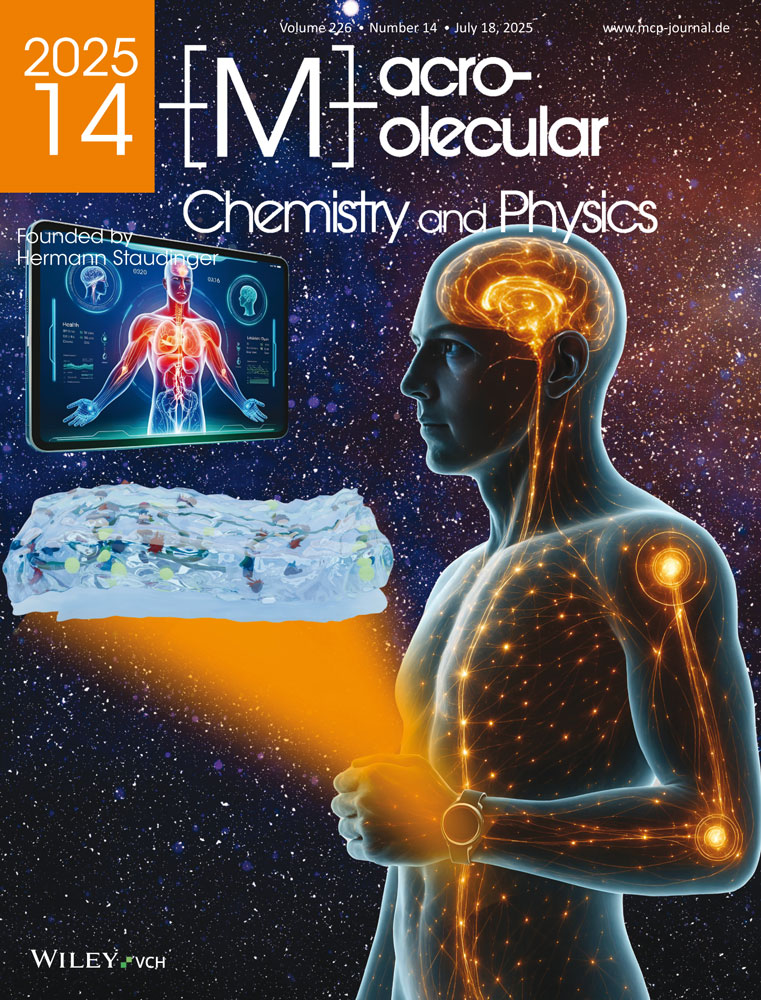Methacrylic polymers containing permanent dipole azobenzene chromophores spaced from the main chain. 13C NMR spectra and photochromic properties
Abstract
Dynamics in solution and photochromic properties of radical copolymers of 4-(4-oxy-4′-cyanoazobenzene)but-1-yl methacrylate, 6-(4-oxy-4′-cyanoazobenzene)hex-1-yl methacrylate, and 8-(4-oxy-4′-cyanoazobenzene)oct-1-yl methacrylate with (–)-menthyl methacrylate were investigated. 13C NMR and 2D HETCOR spectroscopy allowed assignment of 13C NMR signals and evaluation of main chain tacticity. 13C T1 relaxation times evidenced a rather limited mobility of the azobenzene chromophores when inserted in polymer macromolecules. Mobility increased with increasing the length of the polymethylene spacer that acted as a flexible joint between the aromatic chromophore and polymer backbone. Both the trans to cis photoisomerization and the cis to trans thermal isomerization processes showed a small dependence on monomer structure and chemical composition of the investigated photochromic polymers. These data seem to suggest an appreciable contribution of the in-plane inversion mechanism to both isomerization processes of the azobenzene chromophores. The absence of appreciable dichroic bands in the copolymer CD spectra and the negative results obtained in preliminary second harmonic generation measurements are discussed in terms of the polymer structural features.




